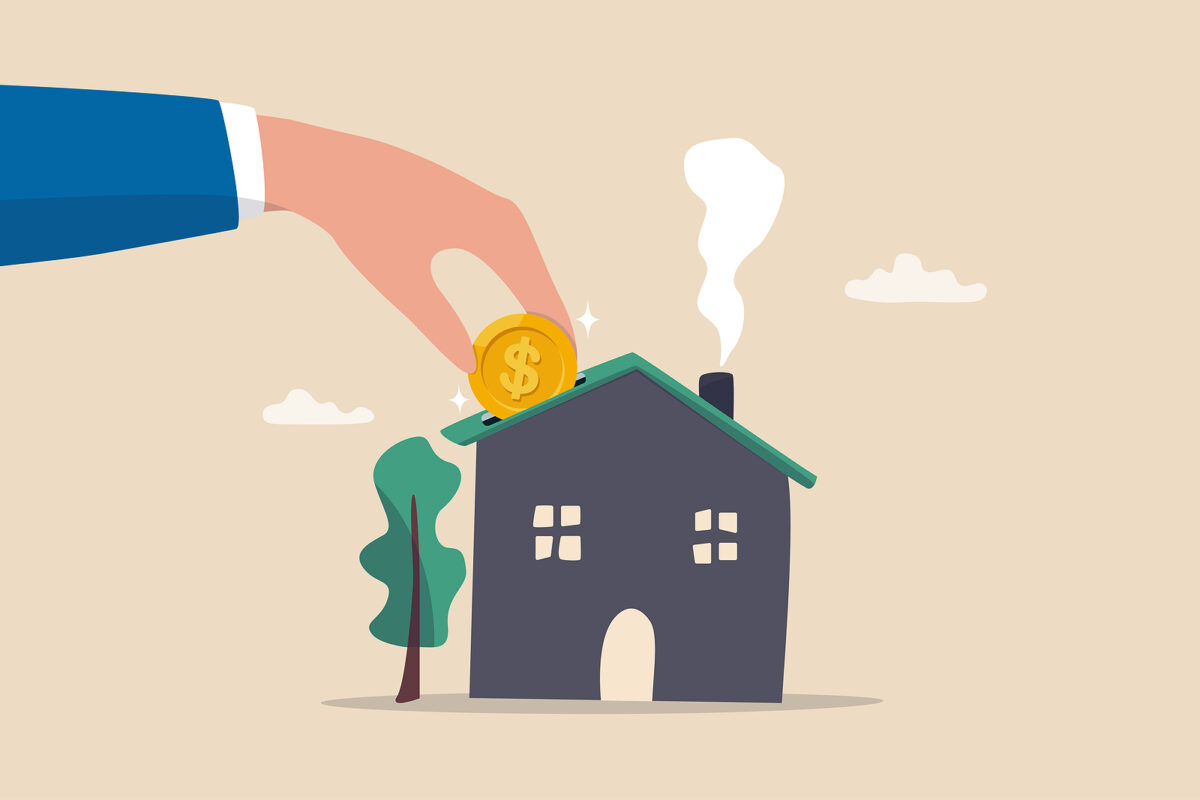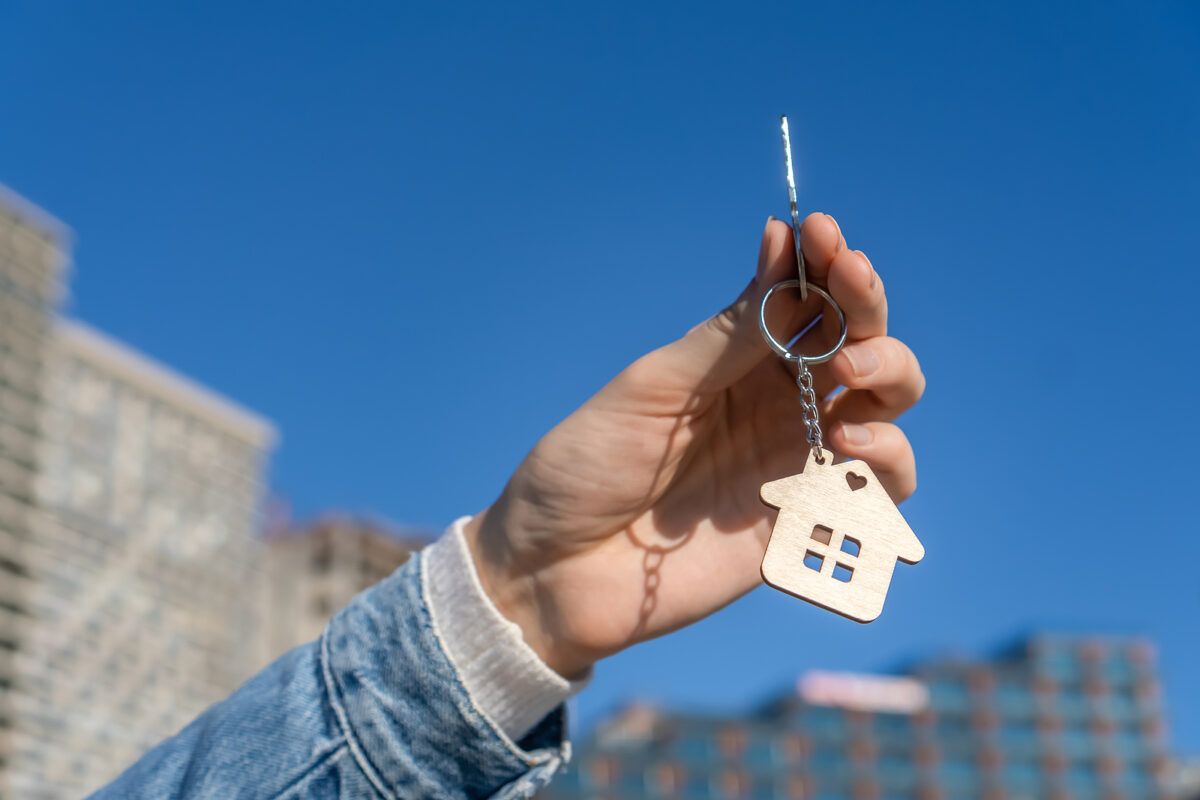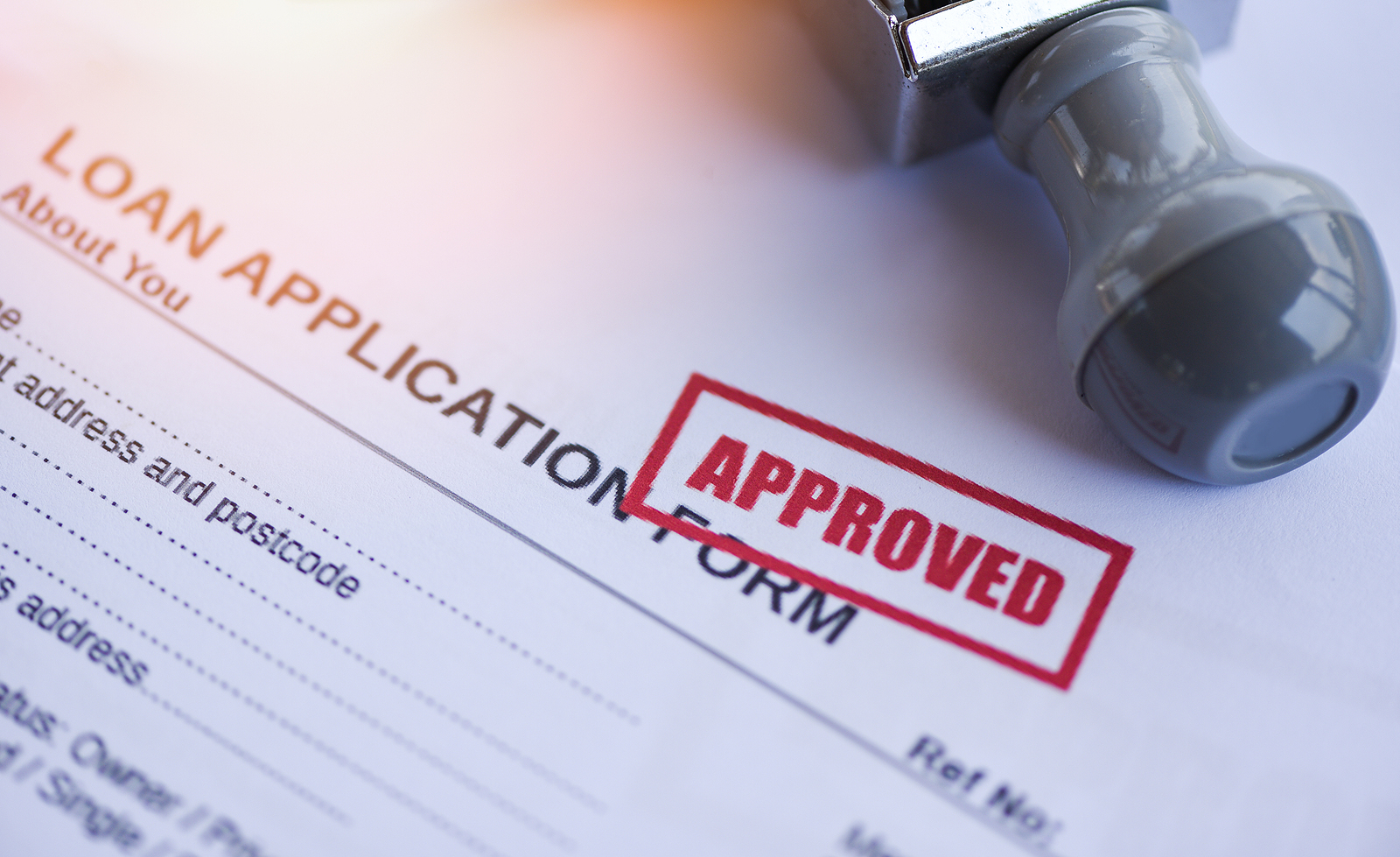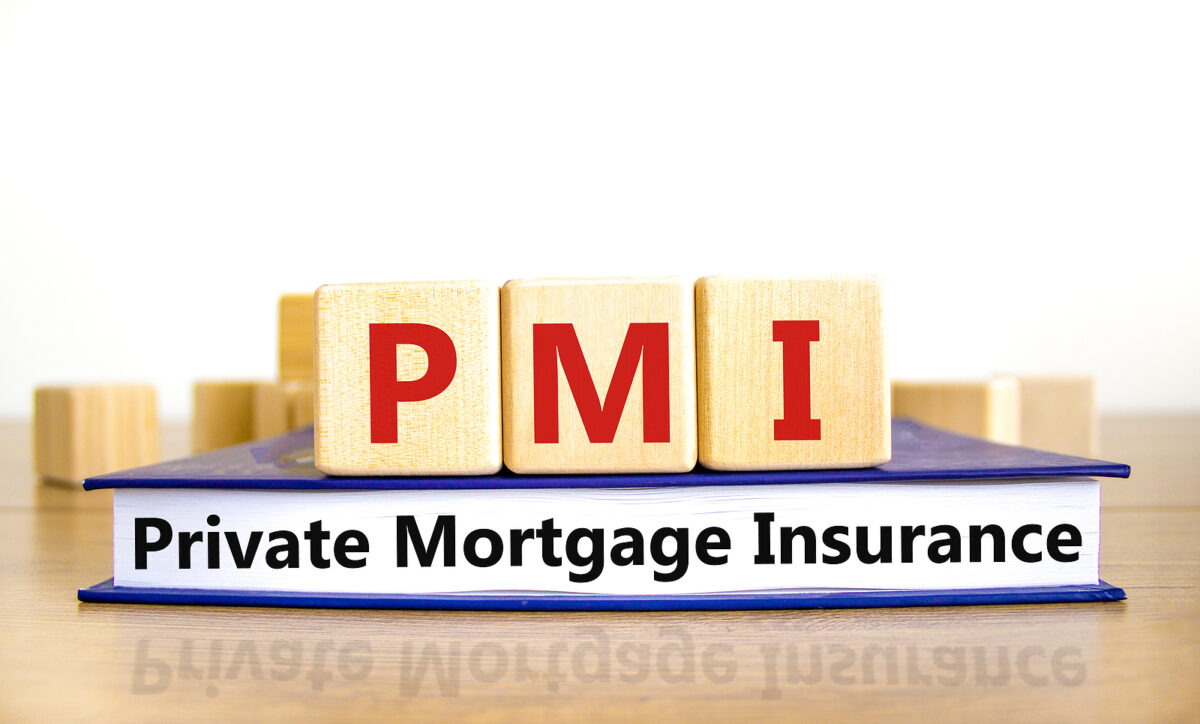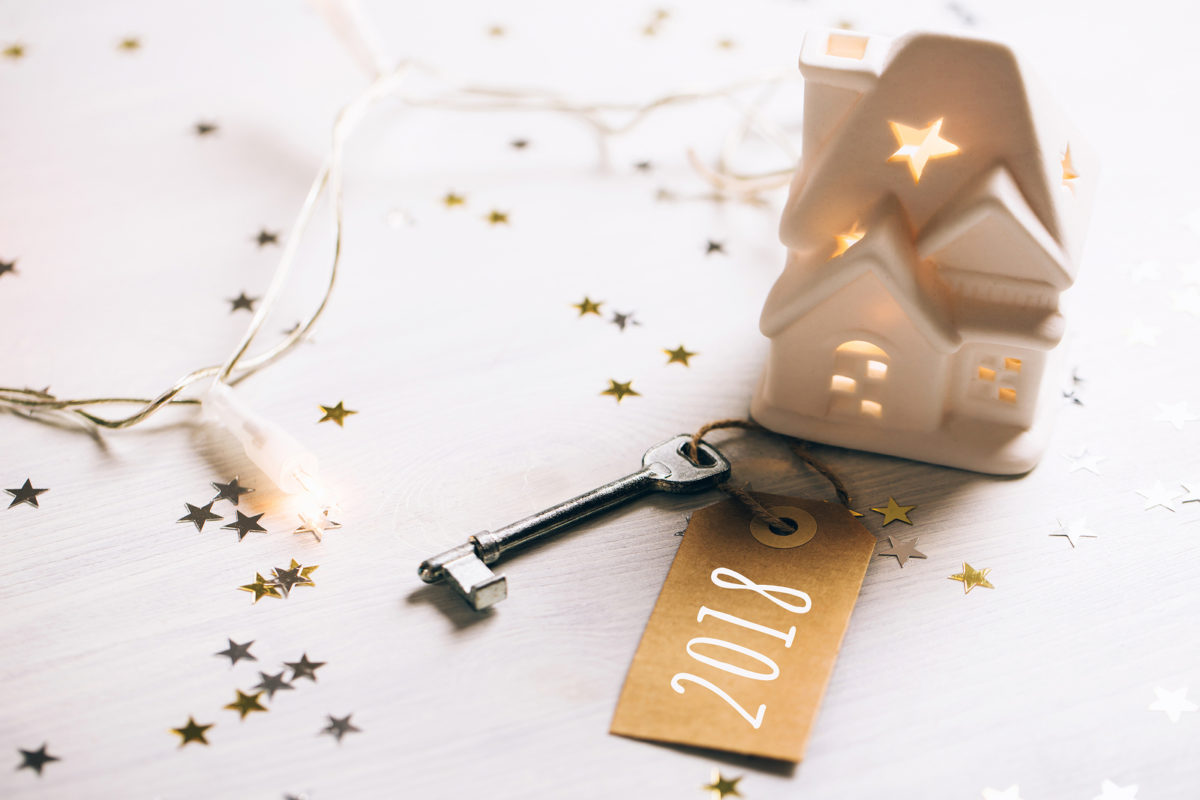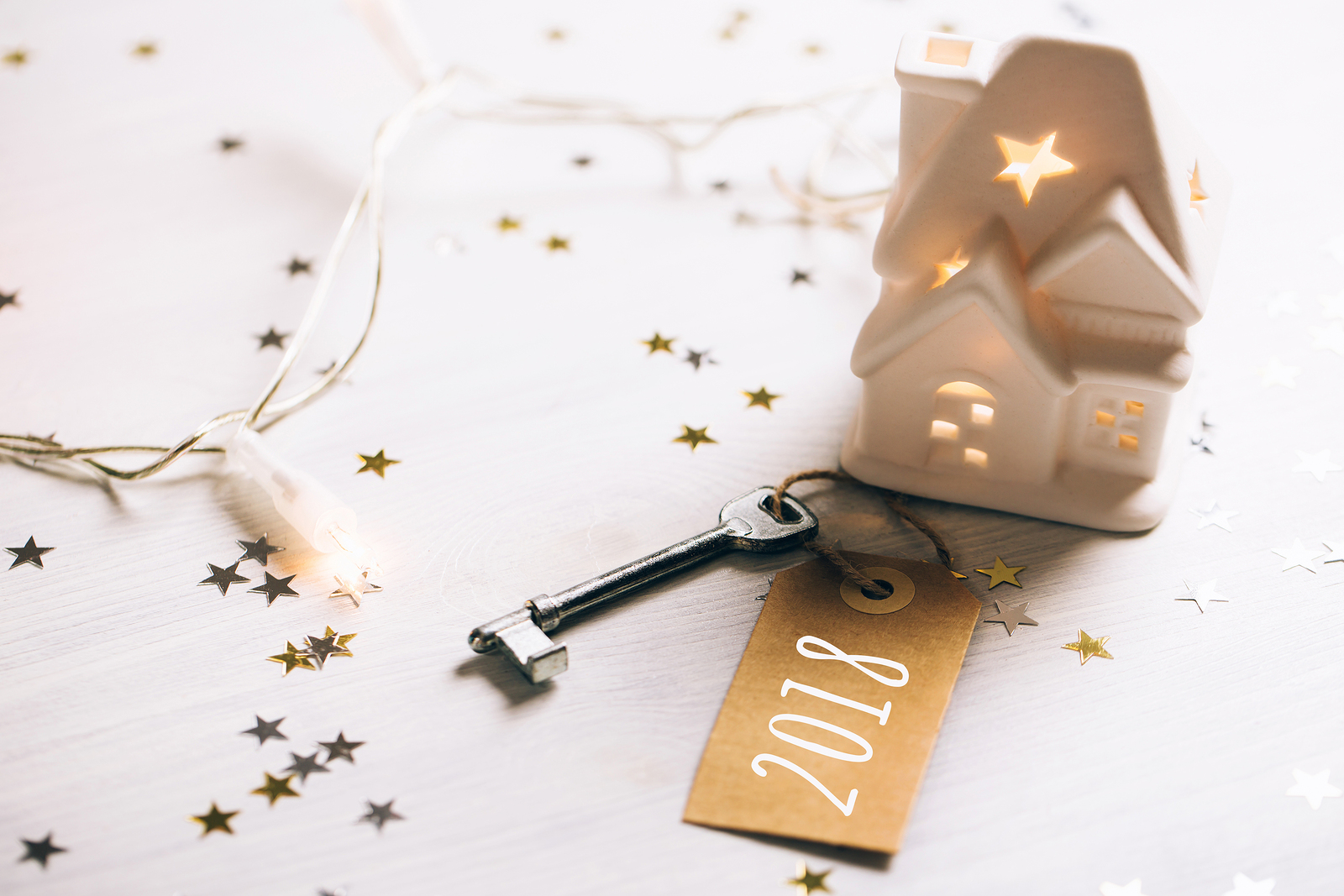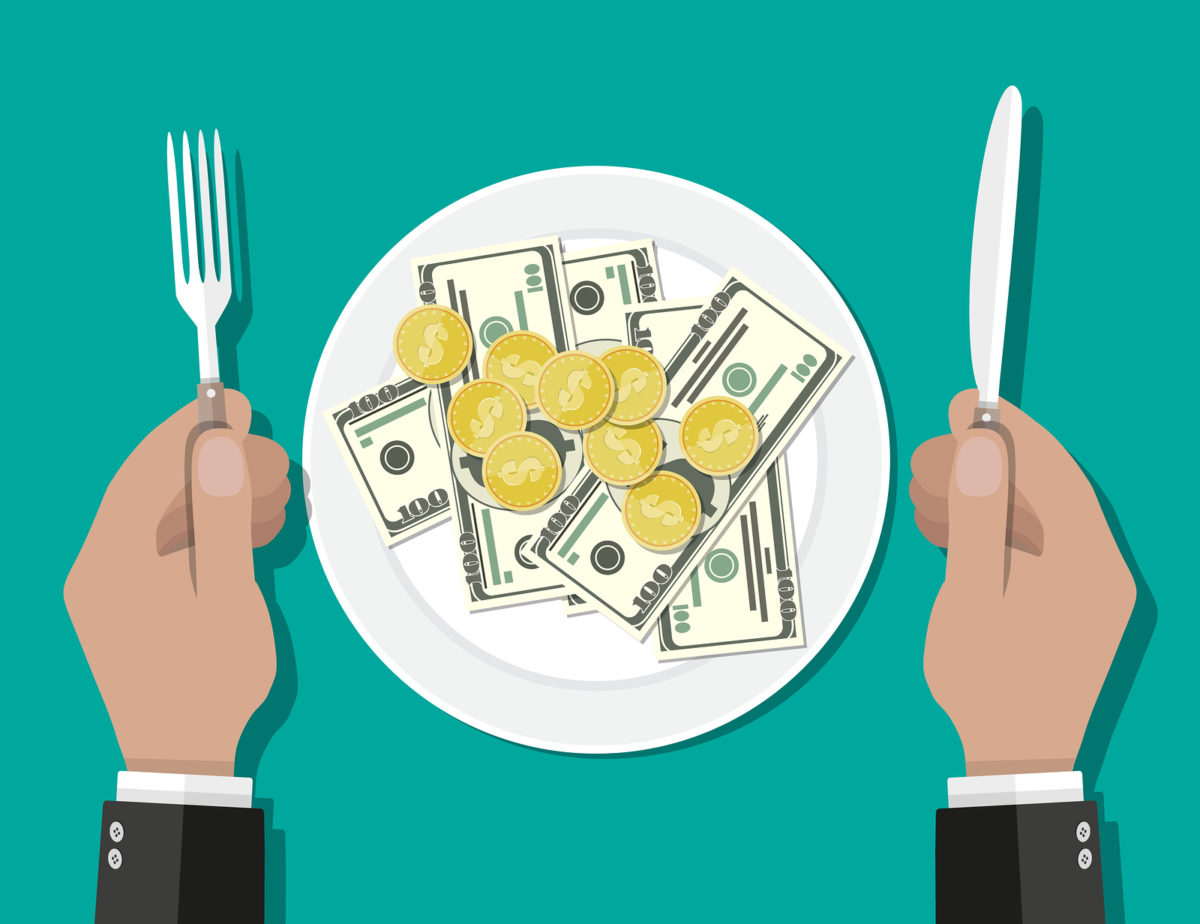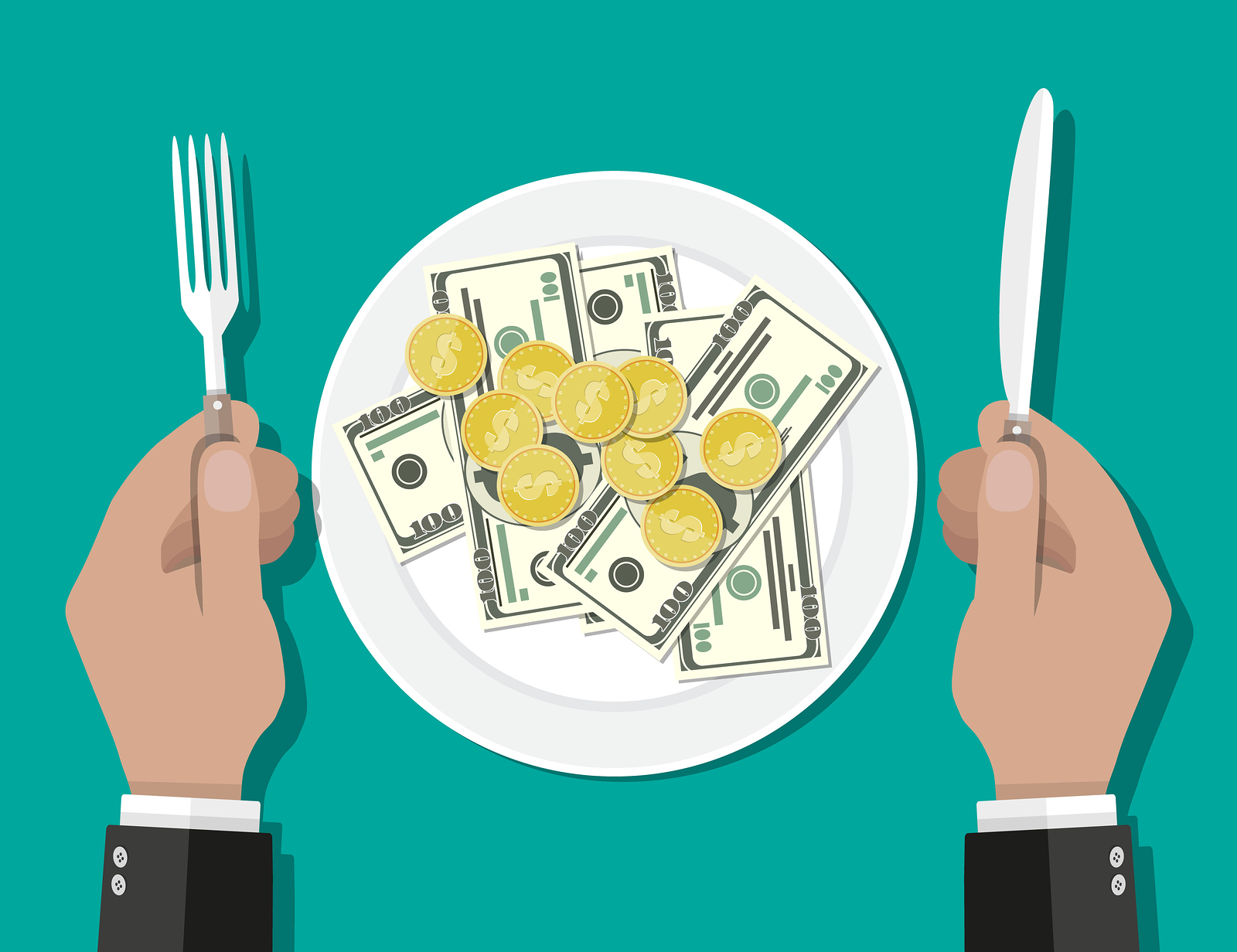Dreaming of buying a home? One of the biggest challenges of the process is coming up with a down payment, a percentage of the home’s purchase price that you must pay at closing.
But don’t worry; with the right strategies, accumulating a cash down payment can become more achievable than you might think.
Let’s explore several simple and practical strategies to help you reach your goal of homeownership.
Set a savings goal
Start by determining how much you need for a down payment. Despite what many Americans assume, 20% down payments are not mandatory. In fact, the average down payment is 6%, according to the experts at Reliance State Bank. Several government-backed mortgage products require much less, depending on your circumstances.
Then, there are down payment assistance programs. Talk to a mortgage professional to understand the specific amount you should aim for.
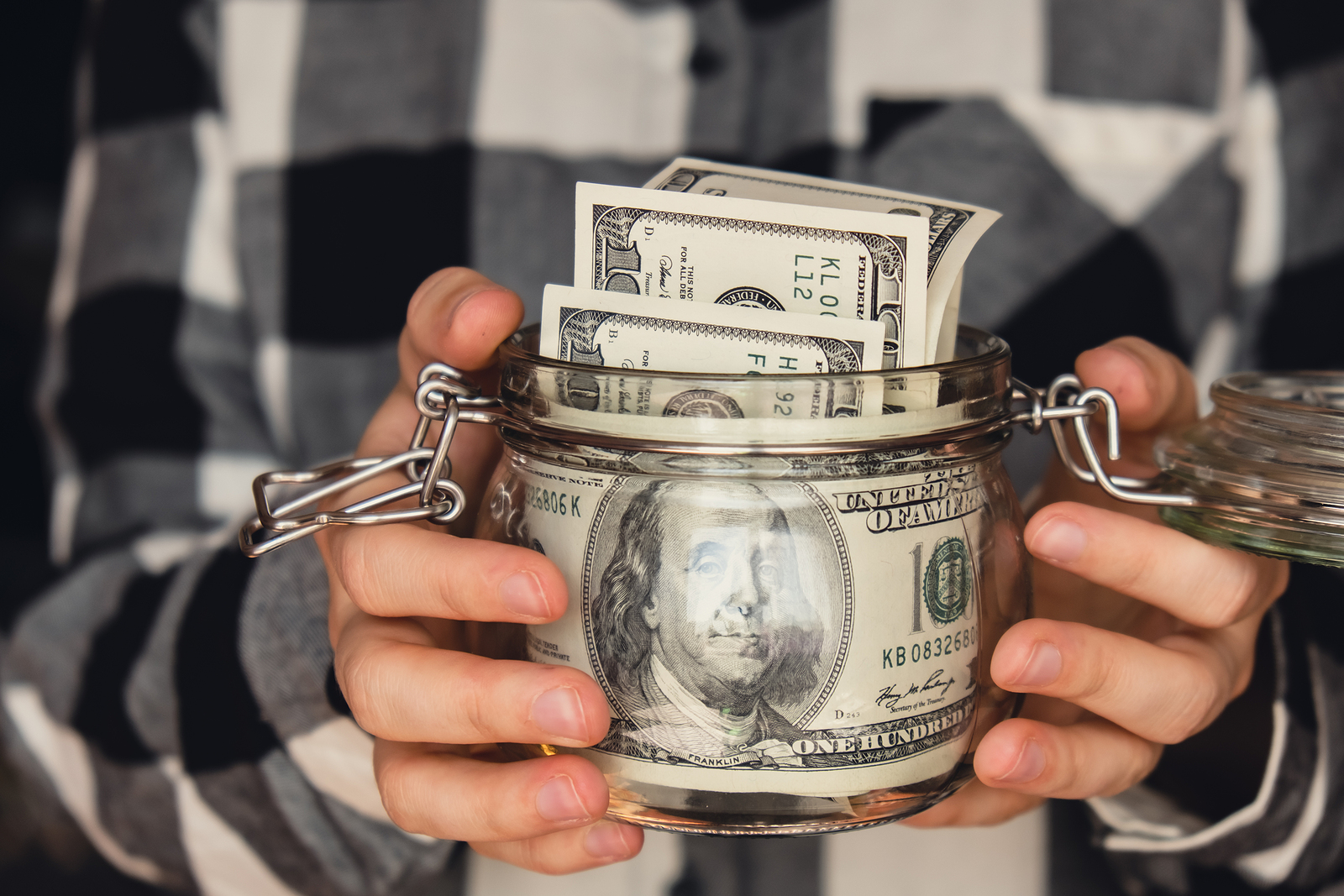
Then, determine a realistic savings goal based on this amount and break it down into monthly or weekly savings targets. This way, you’ll have a clear roadmap to follow and stay motivated.
Then, make saving that money a no-brainer
Make saving easier by automating your savings process. One of the easiest ways is to dedicate a certain amount of each paycheck and automatically transfer it to your savings account.
This way, a portion of your income is saved before you even have a chance to spend it. Over time, your savings will grow without requiring constant effort or discipline.
Put together a budget
Developing a budget is key to managing your finances effectively. Track your income and expenses to determine what you’re spending on and which categories you can eliminate or reduce your spending.
Trim unnecessary expenses like eating out or subscription services. Consider cooking at home, packing lunches, or exploring free entertainment options. Redirect the money you save towards your down payment fund.
Check out these free budget templates:
Research down payment assistance
Look into down payment assistance programs. These programs, offered by government agencies or non-profit organizations, provide financial assistance to eligible homebuyers.
Depending on the program, they offer low- to no-interest loans, grants, or other assistance to help bridge the gap for your down payment. Consult with your lender for local sources and research, and contact local housing authorities or community organizations to explore these opportunities.
Check out BankRate.com for an informative breakdown of a number of down payment assistance programs.

Boost your income
Consider ways that you can make more money. Look for opportunities to earn extra money, such as freelancing, gig work, or a part-time job. Use the additional income solely for your down payment savings.
Every little bit counts and can bring you closer to reaching your goal faster. Here are some additional ways to pump up your savings account:
- Downsize or rent cheaper accommodations
If you’re currently renting a larger or more expensive place, downsizing to a smaller or more affordable accommodation can free up extra funds for your down payment. Look for other ways to reduce your housing costs, whether by finding a roommate, negotiating a lower rent, or exploring more affordable neighborhoods. Temporary sacrifices can lead to long-term gains.
- Tap into gift funds
Sometimes, family members may be willing to gift you funds toward your down payment. If you’re fortunate enough to have supportive relatives, discuss the possibility of receiving financial assistance as a gift. Remember that lenders may have specific requirements regarding gift funds, so understand and comply with any regulations.
- Save windfalls and bonuses
Whenever you receive unexpected windfalls like tax refunds, bonuses, or inheritances, resist the temptation to splurge and instead direct those funds toward your down payment savings. These unexpected financial boosts can provide a significant jumpstart to your savings goal.
Saving for a down payment requires discipline, but homeownership can become an attainable goal with these strategies. You may be surprised how quickly you’ve accumulated the money needed to purchase your dream home.
Remember, patience and perseverance are key.
